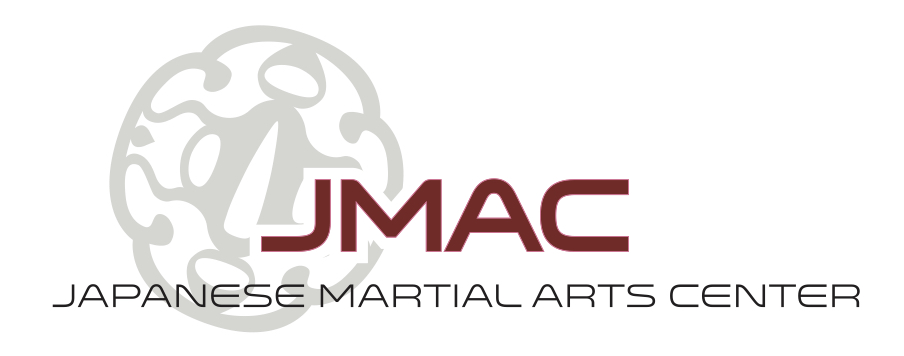Respect: regardless of whether you happen to like the martial arts taught at another school, there are good people who have chosen to dedicate themselves to those arts. They may have different reasons for training, different physical needs, or find the school more convenient than the one you have have chosen. It is important to treat them with respect, since they may be very decent people who have simply made different choices than you have.
Open-Mindedness: there is always something more to learn in martial arts. The idea that martial arts mastery takes an entire lifetime is more than a cliche, it is a verifiable fact. As a result, there are many facets of martial arts, such as fine points of physical movement, character development, or quality teaching skills, that one can learn simply by paying attention to others who are devoted to martial arts excellence.
Helpfulness: it pays to be helpful. The martial arts community is a fairly small one, and nowhere is it more true that "what goes around comes around." Even if you are not a great competitor or master teacher, people will remember and respect you if you are helpful to them. One obvious situation in which this happens is when you tell a fellow student about a martial arts school that he or she might find enjoyable. It may not always be your own school, because that person might not be looking for the things offered by your school, but if you send a person to a dojo that they love, they will always be thankful for it.
JMAC would like to thank the many Ann Arbor businesses that support this blog,
both martial arts-related and others, including: Network Services Group,
Art of Japanese Swordsmanship, Shudokan Martial Arts Association,
Budo Mind and Body, Art of Judo, Iaido Dot Com, Lorandos and Associates,
Oxford Companies, Bluestone Realty Advisors, Portfolio Ann Arbor,
Invest Ann Arbor, and the Law Office of Nicklaus Suino.
